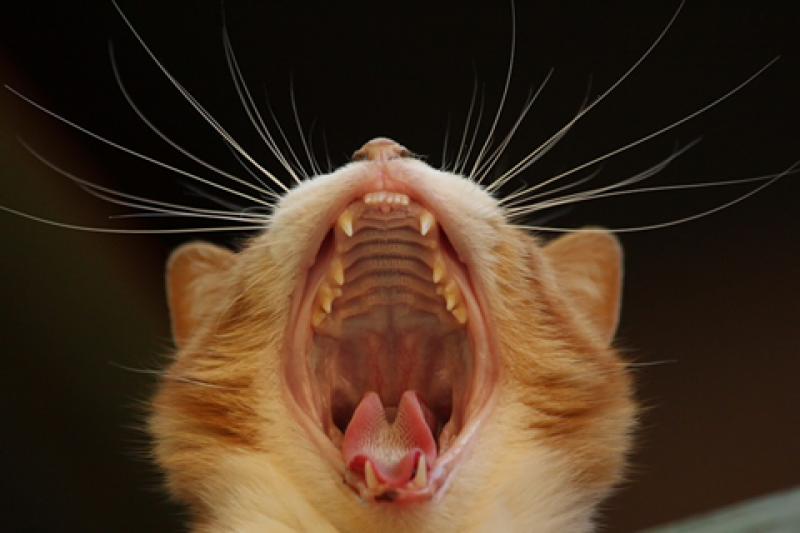Tooth Resorption in cats
Tooth resorption in cats?
While most veterinarians will acknowledge that brushing a cat’s teeth can be difficult for owners, they will stress the importance of routine oral assessment of your cat’s mouth.
These exams help find preventable problems as well as some more concerning issues which may often go unnoticed otherwise. One of these concerning issues is that of feline Tooth Resorption. Feline Tooth Resorption is a common and painful condition found in domestic cats. The teeth become functionally destroyed as a result of tooth resorption. Tooth Resorption, or ‘TR’ is seen in a growing percentage of cats over the age of six years and studies have shown that well over 50% of adult cats develop tooth resorption.
The same strange condition is also seen in dogs and in people, but it is not nearly as common. In general, most cats will appear normal, but observant owners may note that their cat prefers to chew food on just one side, stops grooming, starts salivating excessively, tends to throw their dry food into the back of their mouth or develops a preference for soft foods. If left to develop, the process will lead to extreme pain due to the exposure of the root canal. As TR progresses, some cats will develop bad-tempered or aggressive attitudes and lack a normal appetite.
Eventually, your veterinarian may discover that the erosion has exposed the tooth to the bacteria of the mouth and this is when it becomes extremely painful. Dental x-rays are the only way to diagnose TR as they show changes in the density of the roots and crowns of the teeth.
Although unpleasant, once our vet knows about the disease, several things can be done to keep your cat comfortable. The exact cause of tooth resorption has not yet been clearly defined and unfortunately there is no effective treatment that can save the pet’s teeth. A normal clean and polish will not work and any tooth that is showing any signs of resorption needs to be extracted. Just the removal of these painful teeth can often bring back your loving, friendly companion.
Early recognition through comprehensive oral exams with intra-oral probing and dental radiography is the best strategy to help these cats. Some cats will need full mouth extractions and all cats with a known history of TR should be x-rayed every 6–12 months. It is likely other teeth are affected and therefore vital that they continue to be monitored. Many cat owners look at the activity and attitude of their pet and assume that they have a perfectly happy and healthy animal. As cats tend to be highly functional despite being in pain, owners are often unaware that their pets are experiencing such discomfort. But, regular visits to your veterinarian can help identify issues early so book a thorough oral examination for your feline friend today.

